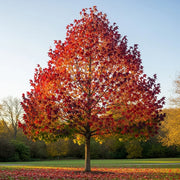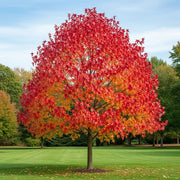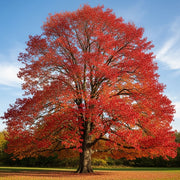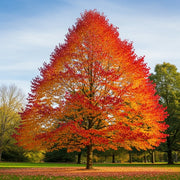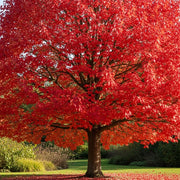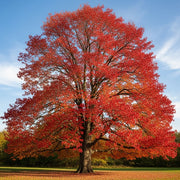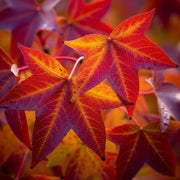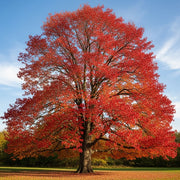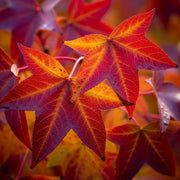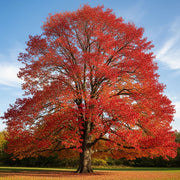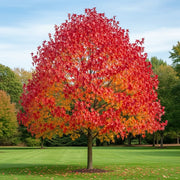Discover the unrivalled autumn spectacle of the Sweetgum tree. Known botanically as *Liquidambar styraciflua*, this magnificent deciduous tree is celebrated for its distinctive, star-shaped leaves that transform into a breathtaking tapestry of crimson, deep purple, orange, and yellow colours. A...
Discover the unrivalled autumn spectacle of the Sweetgum tree. Known botanically as *Liquidambar styraciflua*, this magnificent deciduous tree is celebrated for its distinctive, star-shaped leaves that transform into a breathtaking tapestry of crimson, deep purple, orange, and yellow colours. A superb choice as a specimen tree in a medium to large garden, the Sweetgum provides year-round interest with its handsome, architectural form and unique, spiky fruits. Fast-growing and ultimately rewarding, it creates an unforgettable centrepiece in any landscape. Browse our curated selection of Sweetgum trees for sale and find the perfect addition to bring glorious, long-lasting autumn colour to your garden.
